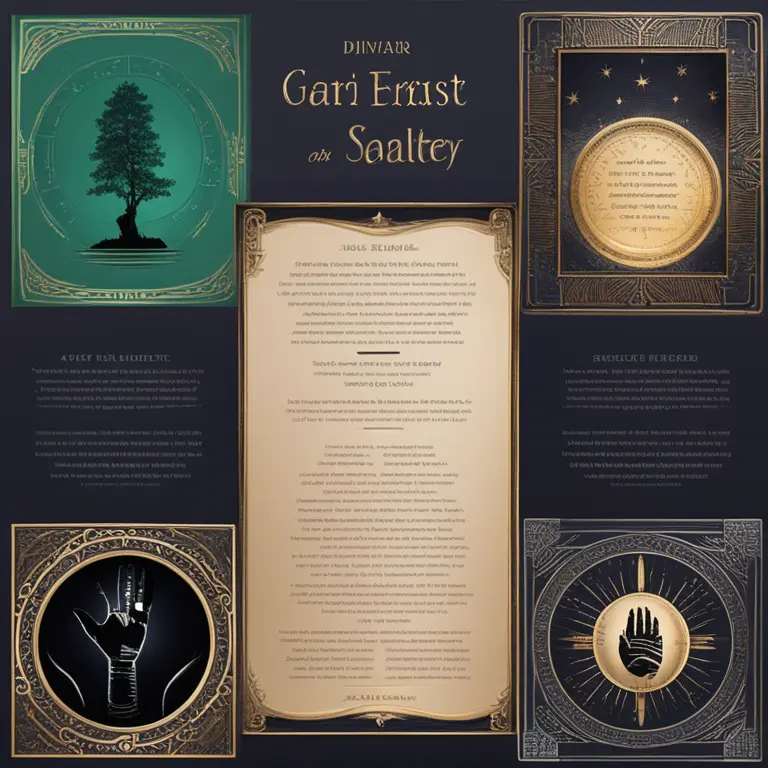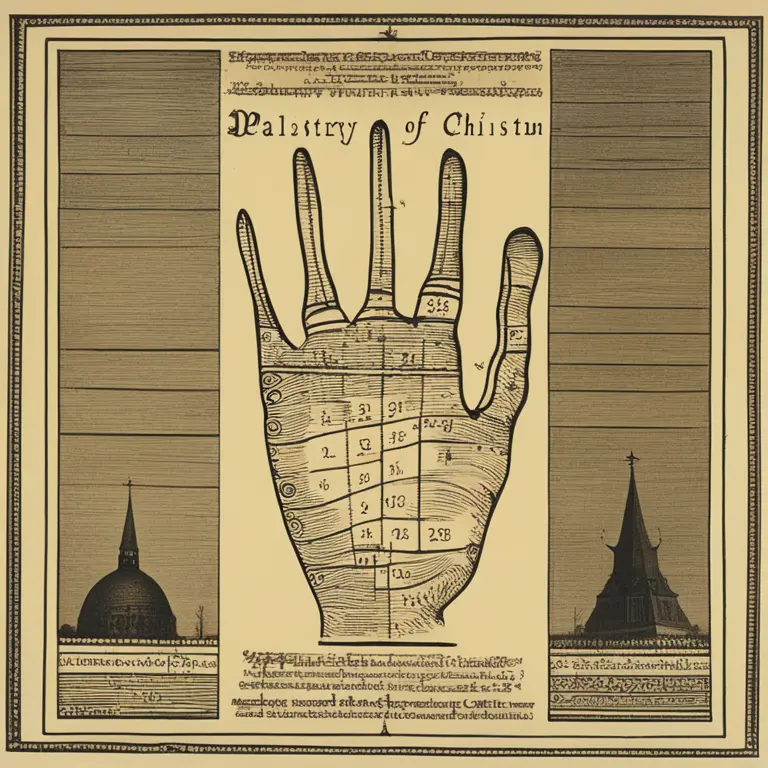
Palmistry: A Historical Glimpse
An insightful journey through the history of palmistry, tracing its roots from ancient times to its modern-day resurgence.
article by Nora Pennington
The Beginning of Palm Lines Interpretation
Palmistry, also known as chiromancy or palm reading, is an ancient practice believed to have originated over 5,000 years ago. This form of divination is thought to have originated in India, where it was closely associated with Hindu astrology, specifically the teachings of Samudra, the god of the ocean. From its earliest inception, palmistry was used as a tool for insight – one that could reveal the characteristics, future events and even the past lives of individuals through the study of their palms.

Cultural Expansion to the West
The art of palmistry did not remain confined to the Indian subcontinent. It spread to China, Tibet, Persia, Egypt, and to other countries in the ancient world. Historical evidence suggests that Aristotle (384-322 BCE) discovered a text on palmistry that he presented to Alexander the Great, which conveyed the depth and seriousness with which it was viewed at the time. Alexander took a great interest in examining the character of his officers by analyzing the lines on their hands.

The Middle Ages and Palmistry
Palmistry underwent a period of decline during the Middle Ages in Europe when superstition and witchcraft were feared and condemned by the church. Chiromancy, along with many other forms of divination, was suppressed. However, the Renaissance period saw a rebirth of interest in the metaphysical and spirituality, allowing palmistry to resurface. During this time, the practice began to be formally studied and documented, with several key texts written on the subject.

Palmistry in the Modern World
The late 19th and early 20th centuries marked a significant resurgence of interest in palmistry, aligning with the rise of interest in spiritualism and esoteric knowledge. Figures such as William John Warner, also known as Cheiro, brought palmistry to the mainstream public. Cheiro was a renowned clairvoyant who read the palms of many famous individuals, his popularity bolstering the credibility of palmistry and aiding in its worldwide spread.

Contemporary Palmistry
In today's day and age, palmistry has evolved to accommodate new cultural dynamics and psychological perspectives. Many modern palmists integrate elements of psychology and holistic healing into their practice, reflecting the diverse applications of this ancient art. Furthermore, the digital world has provided a platform for palmistry to reach a broader audience through online readings and applications that allow users to learn about their life path, health, and relationships through the palms of their hands.
The Future of Palm Reading
Looking ahead, palmistry continues to fascinate and inspire a new generation interested in alternative knowledge, self-discovery, and personality assessment. The merging of technological advancements with this ancient practice could lead to more personalized and accessible interpretations for individuals seeking guidance, ensuring that palmistry remains a relevant and sought-after skill far into the future.
Published: 1/11/2024
Modified: 1/12/2024
More predictions
Come back here soon to learn more about yourself and your future


Can Palmistry Predict Your Path Incorrectly?
Delving into the accuracy of palm readings, this article examines whether palmistry can lead to incorrect predictions about one's life and destiny.


Can Palmistry Foresee One’s Demise?
Delve into the contentious debate about whether palmistry can predict the end of life and the ethical considerations of such a claim.


The Essence of Palmistry: Interpreting Lines and Shapes
Delve into the world of palmistry to discover the meanings behind the lines and shapes etched into the palms of your hands.